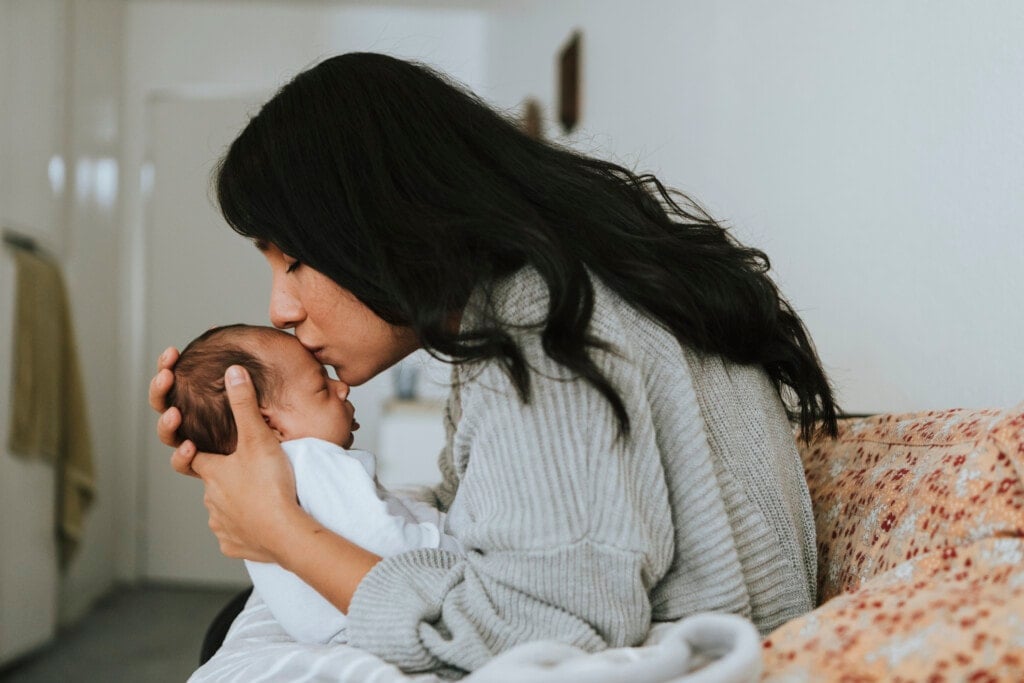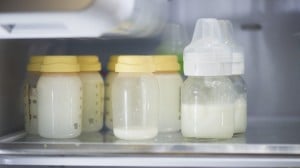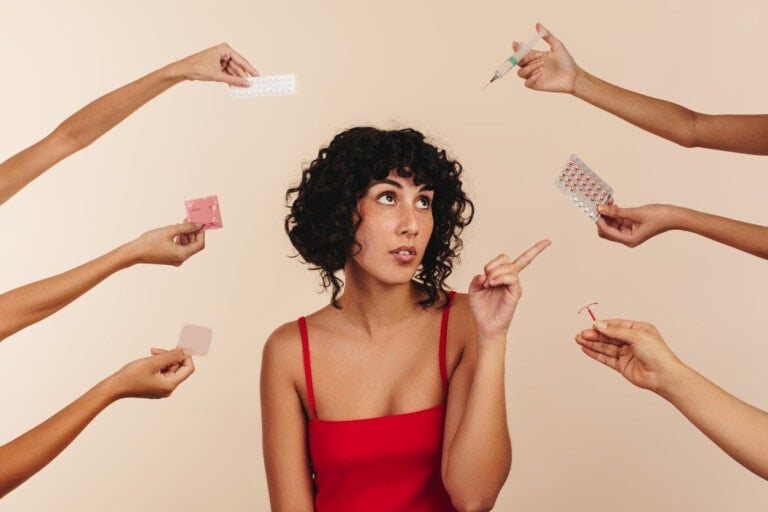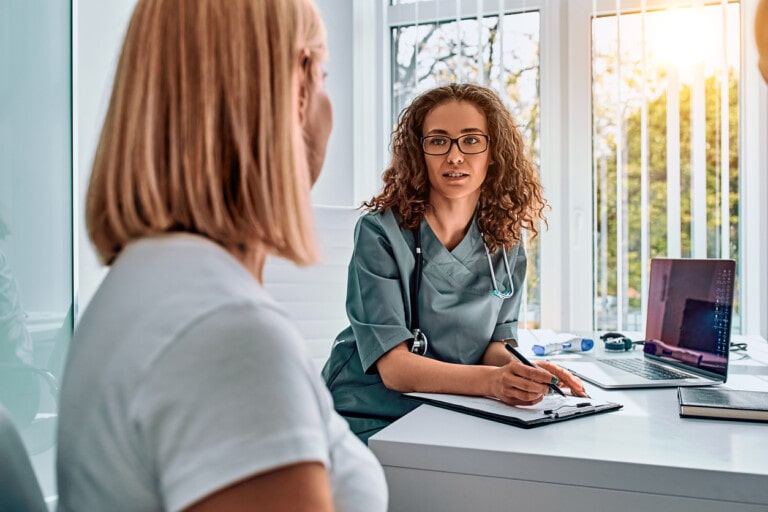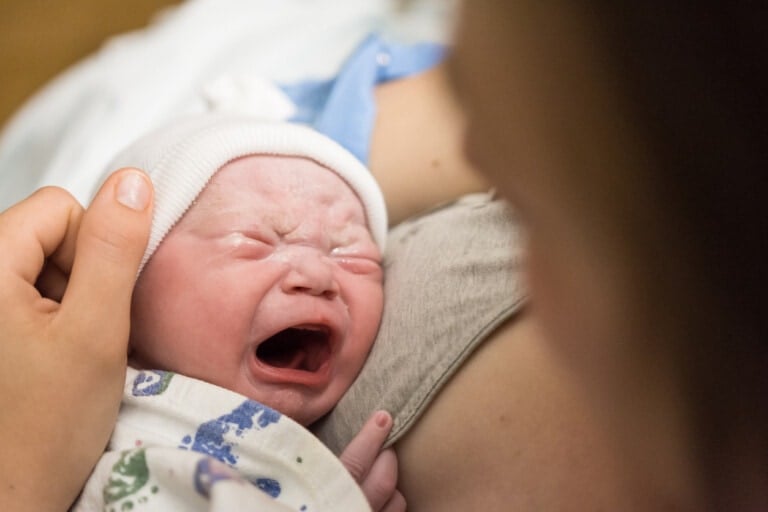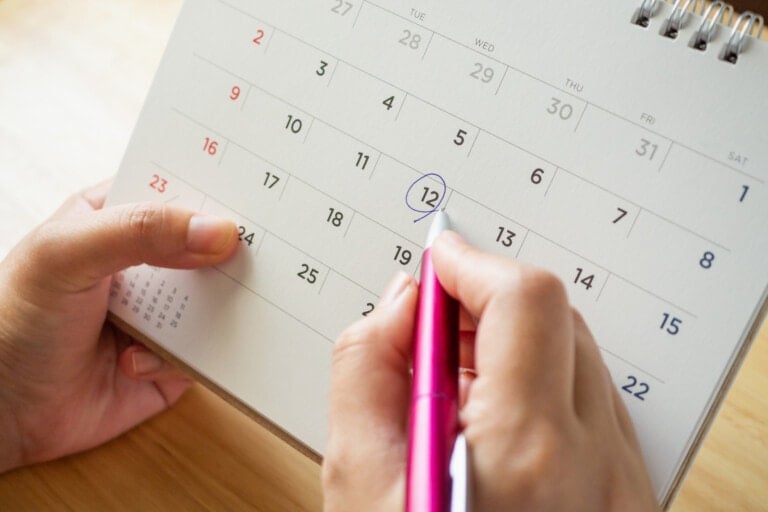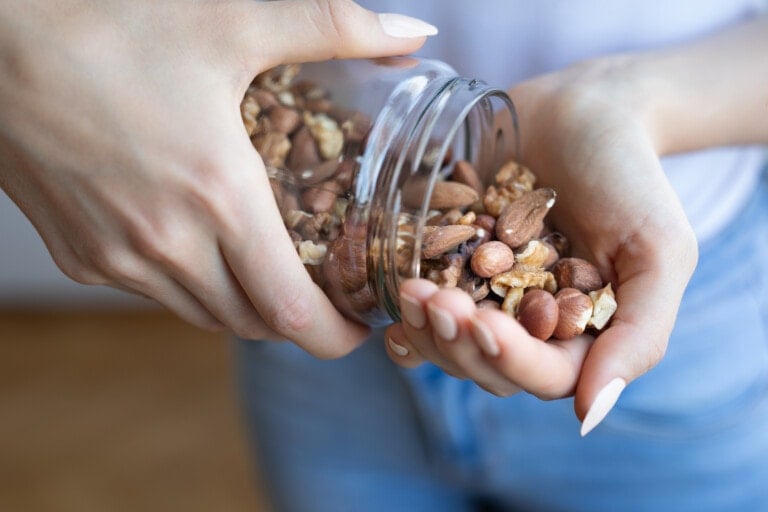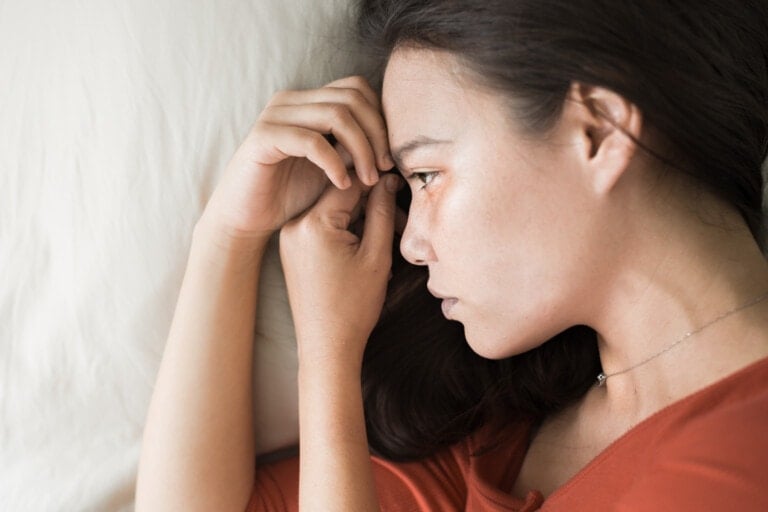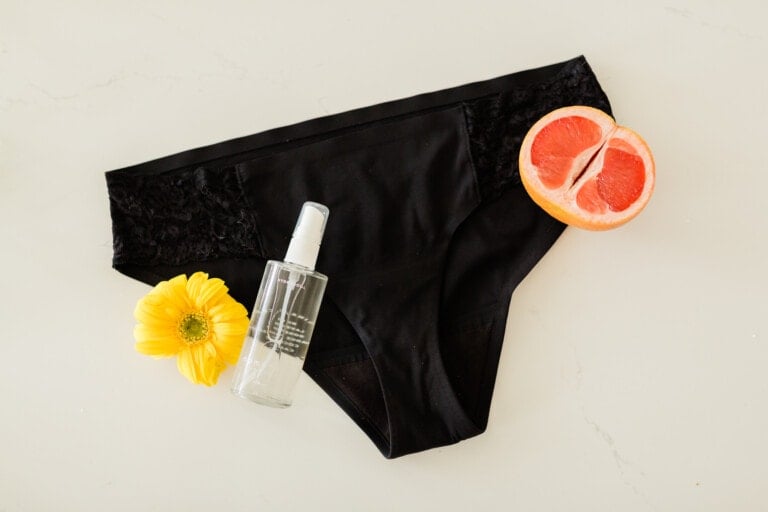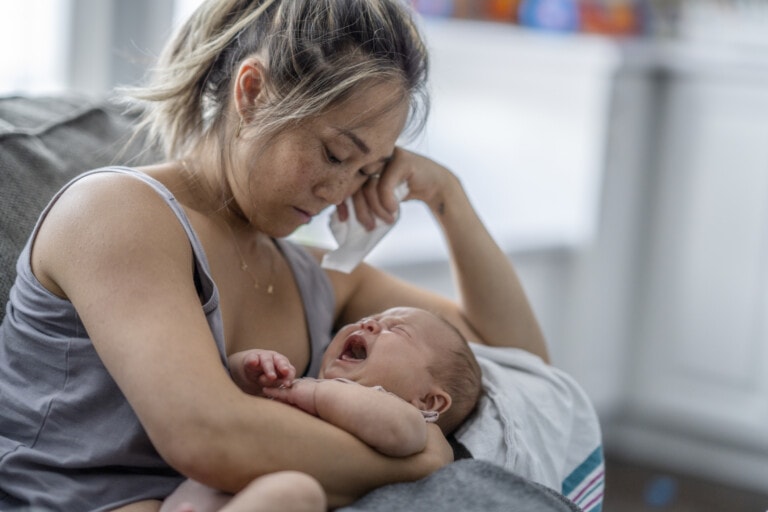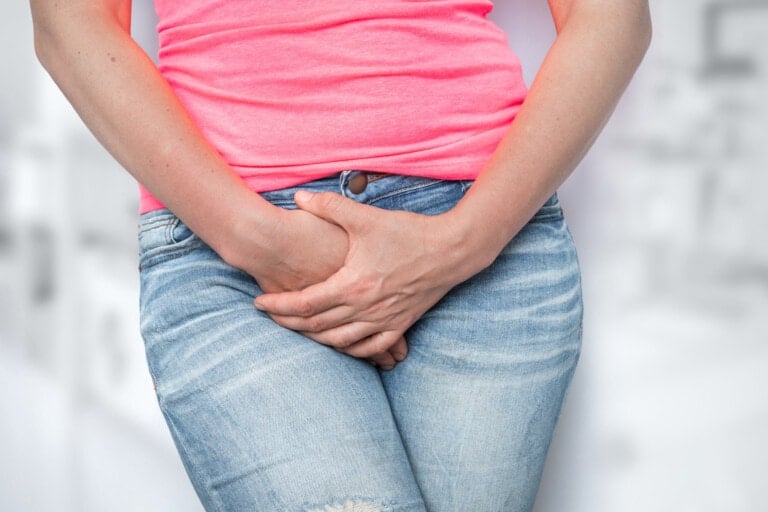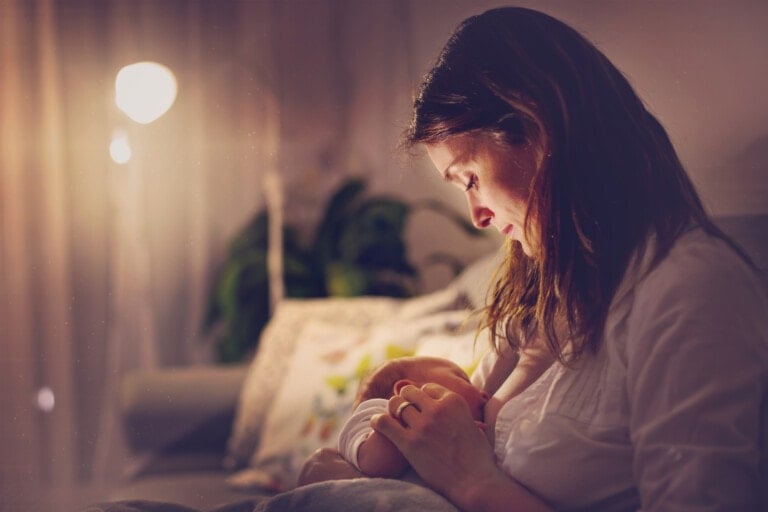The human body never ceases to amaze. With moms who’ve just given birth, the body continues to uphold its rock star status as it returns to its original state, begins producing milk, and ultimately heals itself from the trauma of either a vaginal delivery or cesarean birth. But if you’re now looking into postpartum recovery and how to prepare best — you’ve come to the right place. We’ve compiled several pain relief options for after childbirth to aid you in your recovery stage. Whether you’re battling breast engorgement, handling the after-effects of a vaginal laceration, or experiencing uterine cramping, here is what you need to know about pain relief.
Pain Relief Options After Childbirth
Based on your symptoms, here are some of the pain relief options available to you after childbirth:
Perineum Soreness
If you were fortunate not to experience a vaginal tear during childbirth, chances are you’ll still feel pain in your perineum (the area located between your vagina and anus). The tissue, which was stretched upon your baby crowning, may feel sore and swollen.6 To reduce swelling, apply a cooling treatment, such as ice or a cold gel pad or padsicle, within 24 hours after delivery. Then, continue at home, as needed. Don’t worry about the pain lasting too long, as your perineum should feel better in about a week.
For moms-to-be searching for preventative measures, look to perineal massages. These can help reduce the risk of tearing or needing an episiotomy.7
Vaginal Lacerations or Episiotomy
According to one study, more than 85% of women who give birth vaginally suffer some degree of perineal trauma.1 Fortunately, the effects are not permanent. For example, mothers who experience a vaginal laceration or episiotomy — a surgical incision made in the perineum during delivery — will receive stitches that can heal in two to three weeks.1
While recovery may seem long and uncomfortable, you can lessen your discomfort by using an anesthetic spray on your perineum or the tried-and-true peri-bottle after using the bathroom. Fill the squirt bottle with warm water and spritz yourself to cleanse the area. To avoid irritation, do not wipe with toilet paper or touch your stitches.
Veteran moms also swear by sitz baths. This is a warm soak that cleanses the perineum and helps relieve pain, itching, or irritation. You can perform the shallow bath in the comforts of your bathtub by sitting in water up to your hips.6 Feel free to add table salt or baking soda to the soak for additional relief. You can also purchase a sitz bath kit at your local pharmacy. It provides a small plastic basin, which easily fits over your toilet so you can perform the soak in a seated position, and a packaged mixture to add to the water.
Hemorrhoids
Often compared to looking like grape clusters (though we think referencing it as a flower is putting it more gently), hemorrhoids are swollen or enlarged veins inside the rectum that can protrude outward.2 They are common during the second to the third trimester of pregnancy due to constant stress on the perineum. They can also occur from the physical stress and strain of vaginal delivery.3
Although these varicose veins will shrink over time, they still itch, bulge out, and are just downright uncomfortable. After childbirth, a common pain relief option for hemorrhoids is a 15-minute sitz bath. This will provide comfort and add to your self-healing routine. You can also use an ice pack several times a day to help with the swelling. Recovering moms can also turn to cooling hemorrhoid pads that contain witch hazel to soothe the area.3
When using the bathroom, keep your peri-bottle handy. It’s best to use the spray bottle to rinse the area properly. Then, pat yourself dry with a medicated wet wipe rather than toilet paper to avoid irritating the hemorrhoids more.6
Vaginal Bleeding or Discharge
Postpartum vaginal bleeding, commonly known as lochia, is the flow of blood and discharge that occurs soon after giving birth to help shed and restore the uterine lining. Unlike a period, lochia is a heavier flow and lasts much longer than the woman’s typical cycle. Heavy bleeding will likely continue for up to 10 days after delivery. After that, you’ll experience light bleeding and spotting for about four to six weeks.4
Lochia begins as dark red, changes to brown, and finally turns a yellowish-white hue as the cycle finishes. It contains a mixture of blood, mucus, and tissue since the body eliminates excess resources created during pregnancy to help nourish the baby. It’s important only to use postpartum pads during heavier days of bleeding and refrain from inserting tampons, which can lead to an infection. Once the bleeding lightens, you can use a regular menstrual pad or panty liner.4
Breast Engorgement
In two to three days following childbirth, many women have their milk come in. This can lead to feelings of tenderness, firmness, and tingling associated with breast engorgement. Breast engorgement is the swelling and distension of the breasts. It’s a common physiologic process in the early days postpartum.5
To provide respite during this time, continue to feed your newborn normally with a minimum of eight to 12 feedings per day.10 It is crucial not to pump excessively, as this will worsen breast engorgement.8 Moms can apply ice packs or a bag of frozen veggies under their arms and on their breasts to cool the area and decompress the swelling.11 Or you can use over-the-counter medications like ibuprofen or acetaminophen.5
For women who opt out of breastfeeding, a supportive sports bra lined with nursing pads can help do the trick to decrease engorgement and milk leakage symptoms. It’s best to avoid relying on pumping, as it will inform your body that milk is needed. Instead, pump only small amounts at a time to avoid increasing your milk production.8 Ice, Tylenol, and Motrin can also help with the pain associated with engorgement.6,9
Uterine Contractions
Within a few days of delivery, the uterus begins returning to its pre-pregnancy size and shape. As you may have guessed, it means you may feel cramping and contractions in your lower belly (also called afterpains). Consider applying a heating pad or hot compress to your abdomen during this period, which can last for up to six weeks. Nonsteroidal anti-inflammatory medications, such as ibuprofen or naproxen, can also provide some pain relief after childbirth. But consult your physician beforehand, especially if you are breastfeeding.6
Finding effective pain relief after childbirth can be overwhelming. As your body embarks on its journey to healing, remember that it will take time to recover. Use these tips for pain relief after childbirth to help make the process smoother. Be patient with yourself, pay attention to what you’re feeling, and rest as much as possible.













